Cooking basics: How to roast vegetables

(I’ll be teaching this technique WAY more in depth along with doing cooking demos in my free cooking e-course, #PrepLikeAPro! Sign up here.)
Fact: roasting vegetables is the best way to eat vegetables. Fact: as humans, we need to eat mountains of vegetables daily. Conclusion: we need to learn to roast vegetables and we need to get good at it now.
No worries, it’s super easy.
Simply put, you can cut up any vegetable into bite sized pieces, toss them in fat, and roast them in the oven until they’re done. But it’s a little more involved than that. There are different vegetable families, different cooking times, and (some) different temperatures for optimal vegetable roasting. Nuances exist within this realm, and since I do this daily, I’ve learned all of the ways to roast all of the vegetables.
There are a few tips that are real across the board for all veggies:
1. 425 is the optimal temperature. There are some exceptions, described below.
2. You need to toss your vegetables every twenty minutes or so throughout the cooking process. This is non-negotiable. If you don’t, the sought-after caramelization that makes this technique delicious will only be on ONE SIDE of the vegetables. No. We want the gold to be uniform.
3. They must be roasted in fat. If you are on a no-fat diet, please reevaluate your eating habits and then come back to this article. If fat is not used, the veggies will plaster all over the baking sheet and then you’ll just have gross, burned carrots. Nobody wants that abomination. Not your mouth, not your wallet, not your nice smelling house, not your sponge, not you. FAT IS FLAVOR is a food fact of life and a universal law. If you use fat and salt with your vegetables, they will taste amazing. 1 pound of vegetables needs AT LEAST 1 tablespoon of fat. Go up to 2-3 tablespoons if you want. A rule of thumb is that the vegetables should have a nice coating of the cooking fat on them. The thickness of the coating is up to you.
*What fats to use? I use olive oil sometimes if the roasting is quick, but it oxidizes after a long time in the oven. I prefer ghee and coconut oil which are solid at room temperature. I’ll dollop some onto the cut vegetables, stick it in the oven for a minute to melt, and THEN toss.
4. Cut your vegetables (pretty) evenly. Let’s not get OCD here and bust out the ruler to make sure. Eyeball and use common sense, people. Teeny tiny pieces of potatoes and other pieces that are eight times the size will not finish cooking at the same time. Just be cognizant of this as you are cutting and try to get the pieces as uniform as possible. Size does not matter nearly as much as the uniformity.
5. Some people might disagree with this, but I like to season with salt and pepper after the veggies are done. I might add a TEENSY bit of salt and pepper before (or other seasonings described below), but most of my seasoning is done once the veggies are. I season immediately after they come out of the oven when they’re piping hot, and toss, toss, toss. I taste, reseason if I need to, and then eat them.
*I only say this because when I first started cooking professionally, I made kale chips for my primary client and, in the middle of lunch, he came in to tell me they were too salty as I proceeded to die inside. Some vegetables shrink as they cook which concentrates the salt. We can always add more salt, but we can’t take the too-salty flavor away without doing some serious on-the-spot magic and thinking.
6. The time varies. Usually, 2 pounds of vegetables takes about 30-40 minutes to get cooked right. But we all don’t have the same ovens or the same tastes. They’re done when they are nice and browned all over, and you taste them and they taste good to you. A sharp knife will easily piece a cooked vegetable without resistance. If you’re roasting two sheet pans of root vegetables, or a large medley, it could take over an hour.
7. I use a large, rimmed baking sheet or pyrex pan for roasting. Covering it in parchment paper really helps with cleanup.
Some more specific, obsessive notes:
Brassica family (the cruciferous vegetables) – Brussels sprouts, cauliflower, broccoli, romanesco and cabbage are no doubt my favorite vegetables to roast because I love how their crunch rivals potato chips. The leaves of this entire family (brussel leaves, the leaves of the ends of cauliflower or romanesco butt, cabbage leaves) will become crisp in the oven. Roasted long enough, their insides become like potatoes. Starchy carbs without being starchy carbs. I like broccoli roasted at a higher temperature, around 475-500 because broccoli fuzz is delicious when it’s kinda burnt.
Kale works best roasted at 350. If it’s roasted at a higher temperature, then it burns too quickly. It goes from soggy to crunchy to burned fast, so be sure to keep an eye on it.
Tomatoes (of all sizes) can be roasted at 425 just fine, but they are in peak form when they are halved and roasted SLOW AND STEADY for about 3 hours at 225 degrees. A roasting for about an hour at 350 works well, too, but slow and steady wins the race here.
Asparagus thrive from 450 to the broil setting. The stalk shriveling and tip crisping is a plan for delicious happening in your mouth. Another idea? Wrap asparagus (either individually if you’re lucky enough to get some fat stalks or in little bunches) in (NOT OVERLAPPED) bacon or proscuitto and then bake as described above.
Starchy vegetables such as carrots, beets, rutabaga, turnips, radish, parsnips, potatoes, sweet potatoes, yams, yuca, cassava, taro, and winter squash such as butternut, acorn, spaghetti, buttercup, delicata, and carnival are some of the best roasted vegetables out there. Make sure to cut these EVENLY. They can be roasted as large or small as you like (and even whole or halved, cut side down) but just be sure to be consistent in the size. These are especially nice when they are roasted in a medley. I don’t mind leaving the skin on them sometimes if they are thoroughly cleaned and organic.
Summer squash like zucchini and yellow squash can be roasted either as boats, discs, or in a dice but just be aware that they release a LOT of water.
Peppers are amazing when they are broiled until charred and when I say charred I mean burned ALL OVER (make sure to evenly char it on all sides by turning it as it roasts), put in a bowl and then covered with foil or plastic wrap to steam for a bit, and then peeled. The mini peppers can be roasted whole and eaten whole. My client is obsessed with these and they are the easiest and fastest thing ever. I love that.
Alliums and bulbs (the onion-y ones) such as onions, shallots, leeks, scallions, and fennel can be roasted whole, or cut into wedges, slices, or a dice. They are also good when diced and tossed into a roasted veggie medley.
Roasted garlic turns into candy. Roast the entire bulb whole by cutting off the top, drizzling in oil, and putting it into a foil pocket, or roast the cloves individually but always encased in the skin, which is like a mini garlic paper oven.
Note that each of the above are delicious as described above. Simple vegetables roasted in fat and seasoned with salt and pepper are amazing and worthy of a dinner party. But if you want to take this to another level and have some time…
Here are some other notes:
Season your vegetables with spices, herbs, and aromatics:
Dependable formula: For every 2 pounds of vegetables I’ll use
Chopped fresh herbs (I like to use the sturdy fresh herbs that will stand up to the heat in the oven such as rosemary, oregano, thyme, sage, etc BEFORE roasting): 1-2 tablespoons
Whole stems of the sturdy herbs: 3-4
Dried herbs: 1 teaspoon
Spices: 1-2 teaspoons
Salt: 1/2-1 teaspoon kosher salt
Fresh herbs (to garnish with ie AFTER roasting such as basil, cilantro, parsley, dill, etc): 1-2 tablespoons
Aromatics: 2-3 cloves garlic, chopped fine (added within the last ten minutes to prevent burning) or left whole on the baking sheet, or a chopped onion-y vegetable
This is really a matter of taste and the combos are endless. I’m a really simple person, and my favorites are:
Parsnips + carrots + cumin (seeds or ground) + cilantro
Any cruciferous veggie + rosemary
Brussels sprouts + oregano
Broccoli + garlic
Brussels sprouts + caraway seeds + mustard seeds
Carrots + peppers + celery + onions + sage
Slow roasted tomatoes + garlic + oregano
Consider roasting a bunch of them together. Veggies in the same family will cook at similar times. If you want to mix, just be aware of different cooking times and add the veggies on the same sheet accordingly. For example, if you want roast carrots, parsnips, peppers, asparagus, zucchini, add them in that same order to the same baking sheet every ten minutes or so.
Roasted vegetables and acid. A squeeze of lemon or lime, a pour of vinaigrette, a dollop of mustard, or a thick, deliberate drizzle of an aged balsamic are ways of seasoning with acid that does wonders for a plate of roasted vegetables and reveal a layer of flavor unachievable with the aforementioned seasoning methods. Think of it as the sun coming up in your bite.
Other stuff. Roasted vegetables can be made into salads, they can be tossed with other raw vegetables, you can add other fun stuff like olives, capers, toasted nuts, dried fruit, fresh fruit, or a nice cheese (if you tolerate cheese).
The possibilities go far beyond this blog post. The key is to be creative, experiment, and USE WHAT YOU HAVE.
Be sure to sign up for #PrepLikeAPro, we start this Monday, April 30! You can find all the info here, it’s totally free.
How can we work together?
nutrition
coaching
business
coaching
courses
1:1 & group coaching
with intuitive macros
Get customized nutrition through Ashley's signature nutrition framework, Intuitive Macros. It won't be the first nutrition program you've ever done, but it will certainly be your last.
learn more
1:1 & group coaching
for online business
Being healthy starts with learning to cook simple foods in easy, delicious ways with approachable and practical recipes and techniques.
learn more
COURSES & MASTERCLASSES
Our health begins with properly nourishing our bodies with nutrient-dense foods. I believe in bio-individuality: each person requires different types and amounts of food to feel their best. Learn how to eat intuitively for the rest of your life!
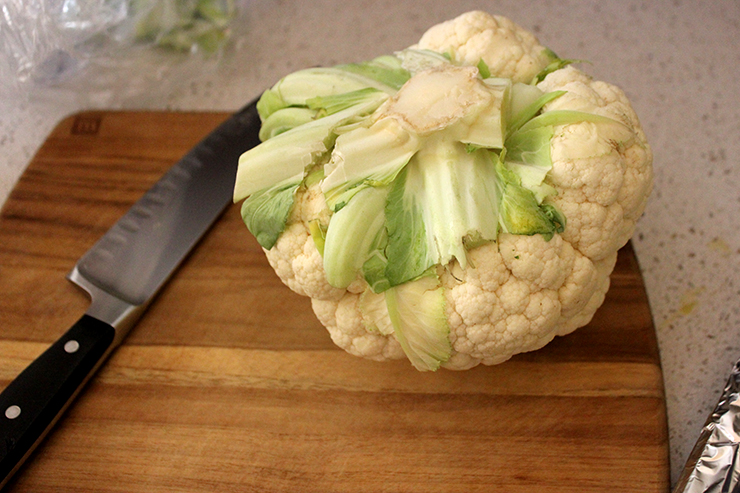


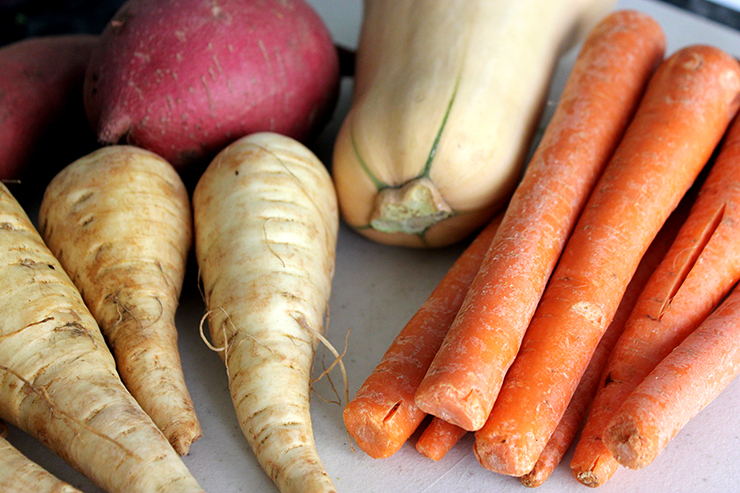
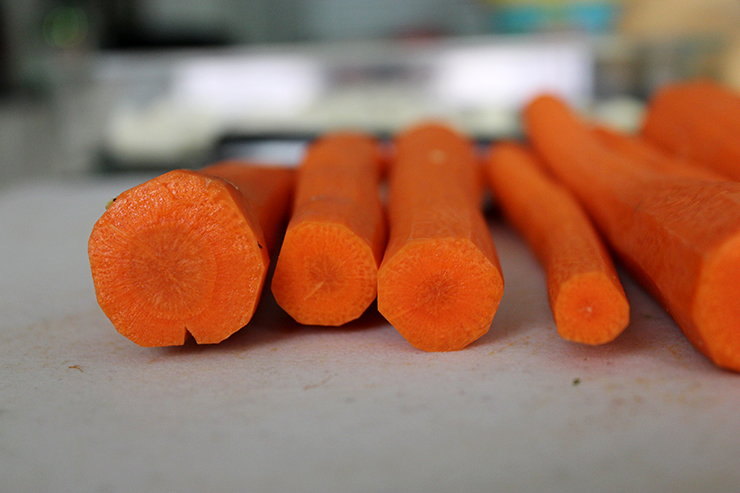
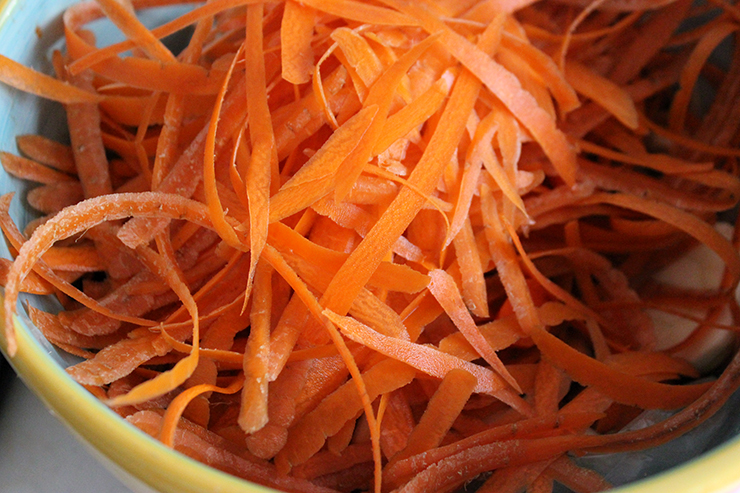
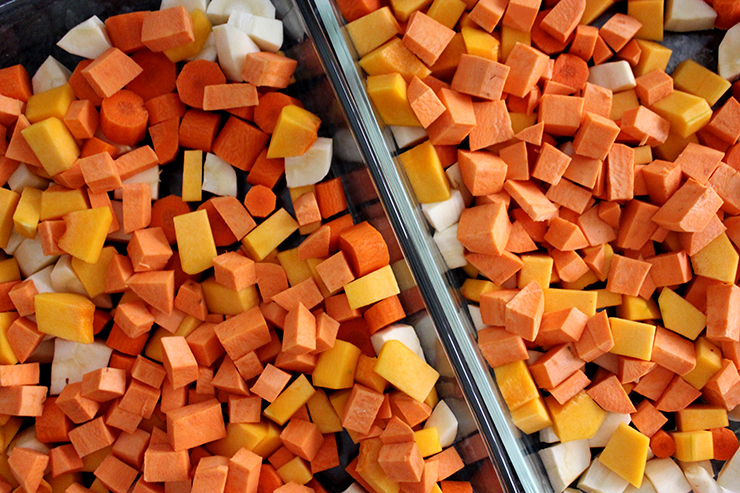


Be the first to leave a comment: